





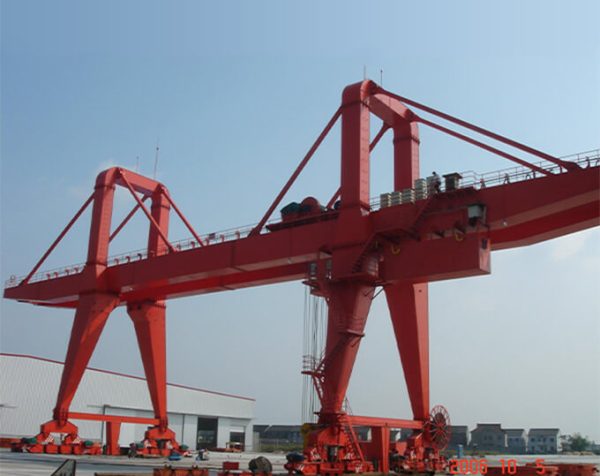

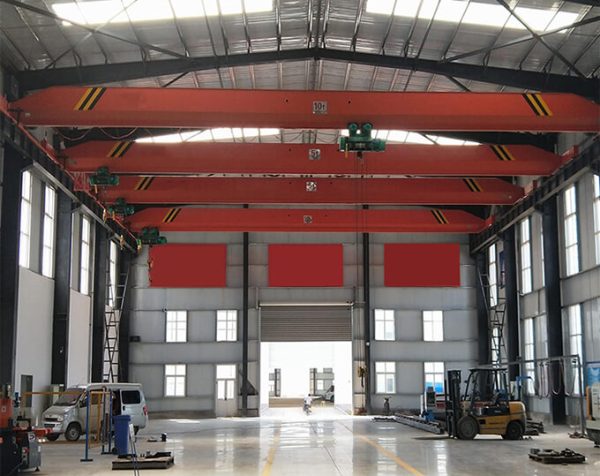

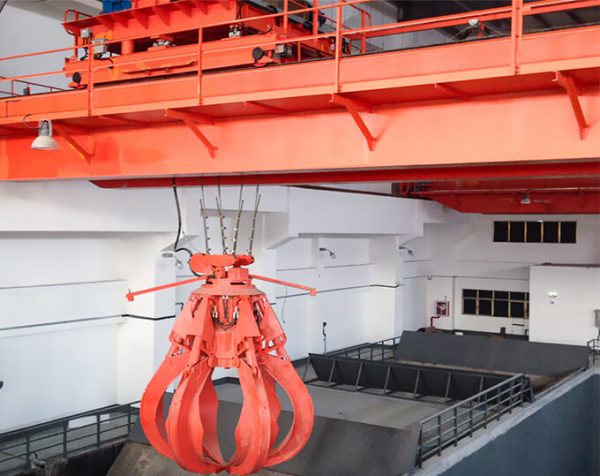


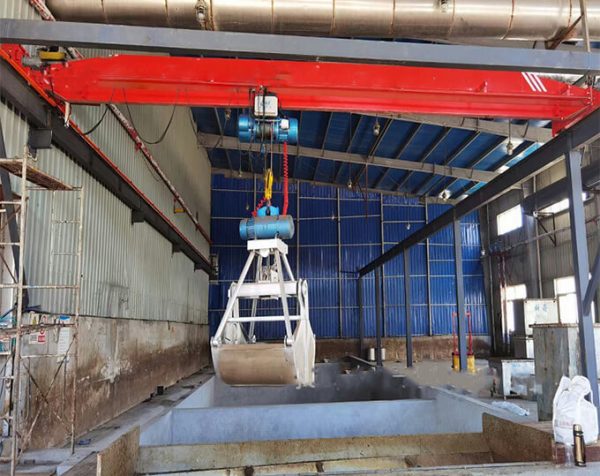




-600x476.jpg)











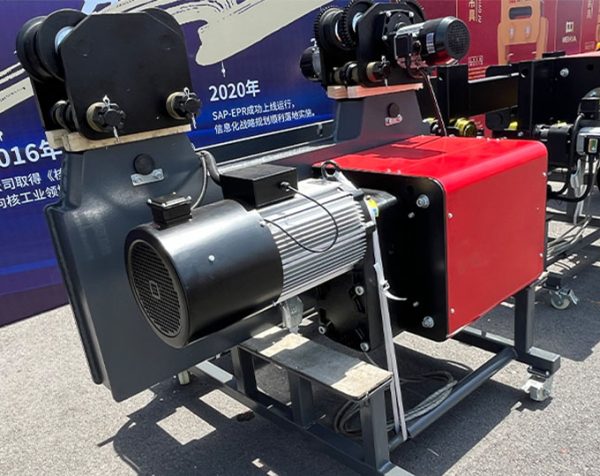


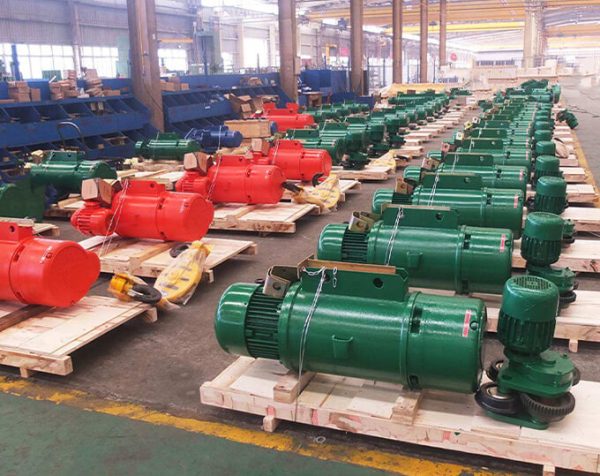



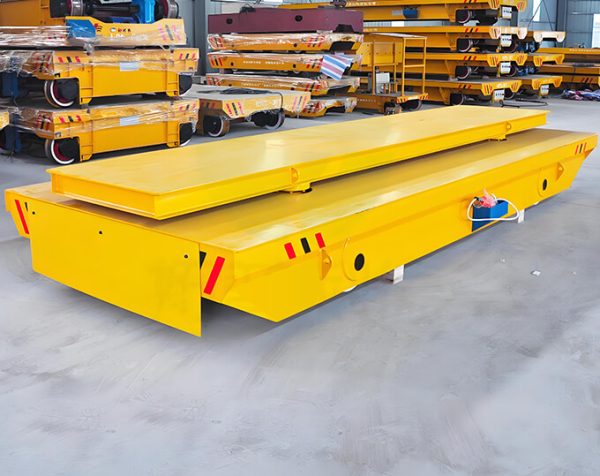



















-600x476.jpg)




















The single-rope grab is a type of grab commonly used in cranes. The general composition is composed of a lifting spreader beam (ring), a wire rope, a sliding rod, an upper supporting beam, a sliding frame group, a lower beam, a supporting rod, a bucket, etc. The single rope grab mainly relies on the interaction of the grab's sliding block, protrusion, groove and ejector pin to complete the unloading process.
1. First open the grab and put the material on it. Due to gravity, the sliding block drops and the protrusion is pushed by the ejector to an angle of about 30°.
2. Lift the wire rope, and the entire sliding block moves up along the guide rail. After moving a small distance, the protrusion is connected with the groove (the protrusion rotates at a small angle again), driving the entire lower support beam to move up, completing the closing of the grab bucket to grab the material.


3. When unloading, release the wire rope. At this time, the bottom of the grab bucket contacts the support surface first. Due to gravity, the sliding block drops and the protrusion is pushed into a horizontal direction by the ejector pin (the grab bucket is not opened)
4. Lift the wire rope, the sliding block moves upward, and the cam is blocked by the groove to a vertical state and is located on both sides outside the guide rail. Then the sliding seat is separated from the lower support beam and moves upward to connect with the upper support beam. The moment the grab bucket leaves the ground, the bucket petals open to unload due to the weight.
5. After unloading the material, the grab bucket is in an open state in the air and placed on the material. The sliding block descends and the cam is pushed by the ejector to an angle of about 30°, completing a grabbing process.
The working principle of a single-rope grab is relatively simple and is generally used in single-hook cranes. Because the grab is not powered by electricity, it cannot be opened and closed in the air.
Lifting capacity:
The lifting capacity of the electric wire rope hoist ranges from 2 tons to 50 tons
It is conceptually different from the traditional European cranes. It is widely used in various industries due to its small footprint, overall dexterity, low failure rate, easy maintenance, safe operation, advanced technology, maintenance-free, and high work continuity.
Scrap plants play an important role in the processing and recycling of waste materials, and choosing the right crane is key to ensuring efficient

